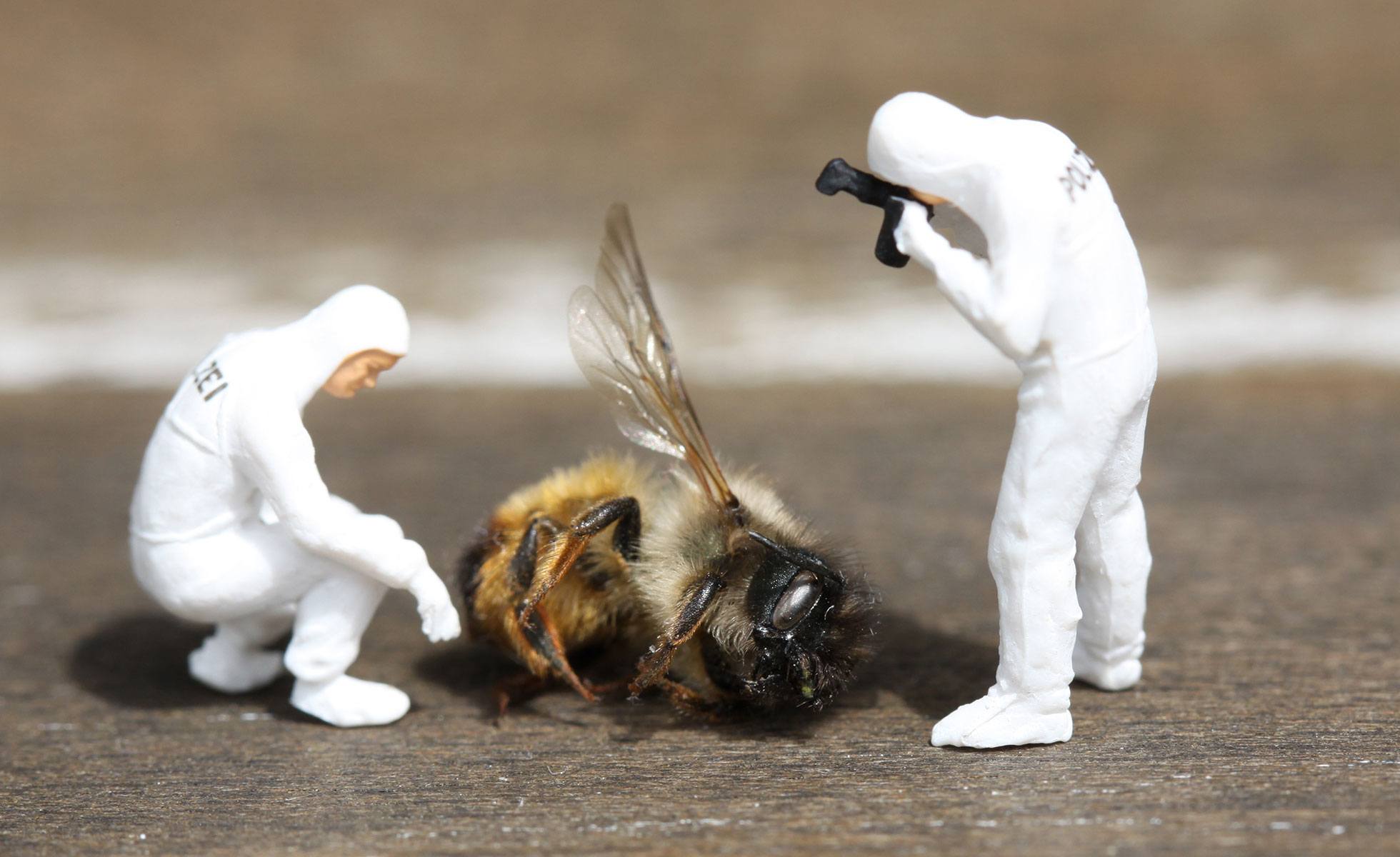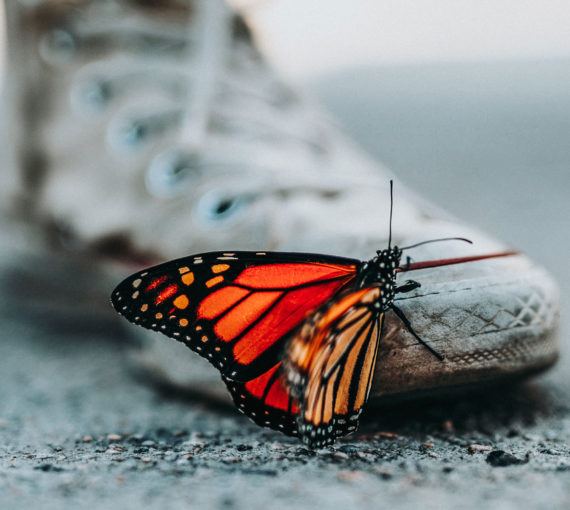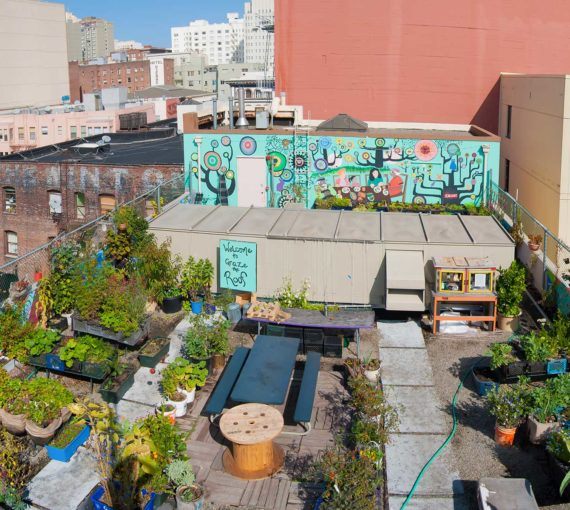
Research shows many insect populations are plummeting, which affects everything up the food chain, from birds to people. (Photo: Thomas Stephan via Unsplash)
If there’s one thing bees and many city dwellers have in common, it’s a love of gardens. That’s good news for both because it means there’s hope for reversing the decline of bee populations worldwide. Cities are important refuges for these critical pollinators and could ultimately hold the key to their survival.
Canada is home to more than 800 bee species, from big, fuzzy carpenter bees to tiny, green metallic sweat bees. Climate change, pesticide use, habitat loss and disease have contributed to an alarming drop in wild and managed pollinators. This is at a time when 35 per cent of the world’s crop production depends on pollination, for an annual market value of up to US$577 billion. Bees and other pollinating insects are the basis of healthy diets, but they also play a significant role in our overall quality of life. We can thank them for some of our medicines, clothing and construction materials, as well as recreational and cultural activities.
That’s where cities come in. Urbanization has come at a cost to insects like bees. Our rapid shift away from rural life has disturbed their habitat and made it harder for them to find food they need to survive. And when bees decline, so do the plants that depend on them for reproduction.
However, new research debunks the myth that urban areas are inherently bad for biodiversity, especially when it comes to pollinators. In a large-scale study of 360 sites over two years — published in Nature Ecology and Evolution — U.K. researchers found that urban land can support robust pollinator populations when done deliberately and correctly. That means putting pollinator conservation at the heart of urban planning.
Cities are important refuges for these critical pollinators and could ultimately hold the key to their survival.
As it turns out, home and community gardens are among bees’ favourite places to hang out. That’s because of the wide range of fruit and vegetable flowers they offer. The study found these urban gardens often attract up to 10 times more bees than the places we might typically consider bee havens: nature reserves, parks, cemeteries and other public green spaces. Bees are unable to thrive where there are trees and turf alone.
Gardens in more affluent neighbourhoods also tend to have more pollinators. They’re not classist; bees just prefer the richer variety of plants and flowers. Knowing which types of plants and flowers attract bees can help city dwellers get the formula just right and set their gardens up for success. For instance, plants that some consider weeds, such as dandelion and clover, can help support bees, while hydrangeas and forget-me-nots prove to be the least popular.
The research makes it clear: Urban pollinators can thrive when planners and gardeners get behind them. By encouraging better garden management, such as planting native flowers adapted to the local climate and ensuring pollinators can access a buffet of blooming flowers from spring through fall, we can have a big impact.
Urban pollinators can thrive when planners and gardeners get behind them.
The benefits of incorporating such measures into urban planning would extend beyond bees and other nectar-loving insects. In encouraging more community gardens, cities can increase the amount of healthy, locally produced organic fruits and vegetables available in their neighbourhoods. Turning lawns into gardens would also help pollinators while reducing water, fertilizer and pesticide use, and providing food.
Maintaining gardens gets more people outdoors, exercising and interacting with one another, reducing isolation, strengthening social bonds and reinforcing their connection to nature. It’s only when that connection is strong that we will truly understand the impact of our actions on nature and deeply cherish its protection.
It’s not just pollinators that are in danger. Research shows many insect populations are plummeting, which affects everything up the food chain, from birds to people. The decline in pollinators and other insects is so alarming that it will take a multi-pronged approach to turn it around. This includes learning from traditional Indigenous knowledge, reducing pesticide use, adopting sustainable agricultural practices and taking urgent climate action.
This crisis isn’t irreversible. Bees and other pollinators can recover if we take deliberate action.
Urbanization has had a hand in the decline of bees, butterflies and other essential bugs. It’s time for cities, and citizens, to become forces for good. Through small, simple acts to better manage our yards and green spaces, we can help sustain the pollinators that sustain us.



